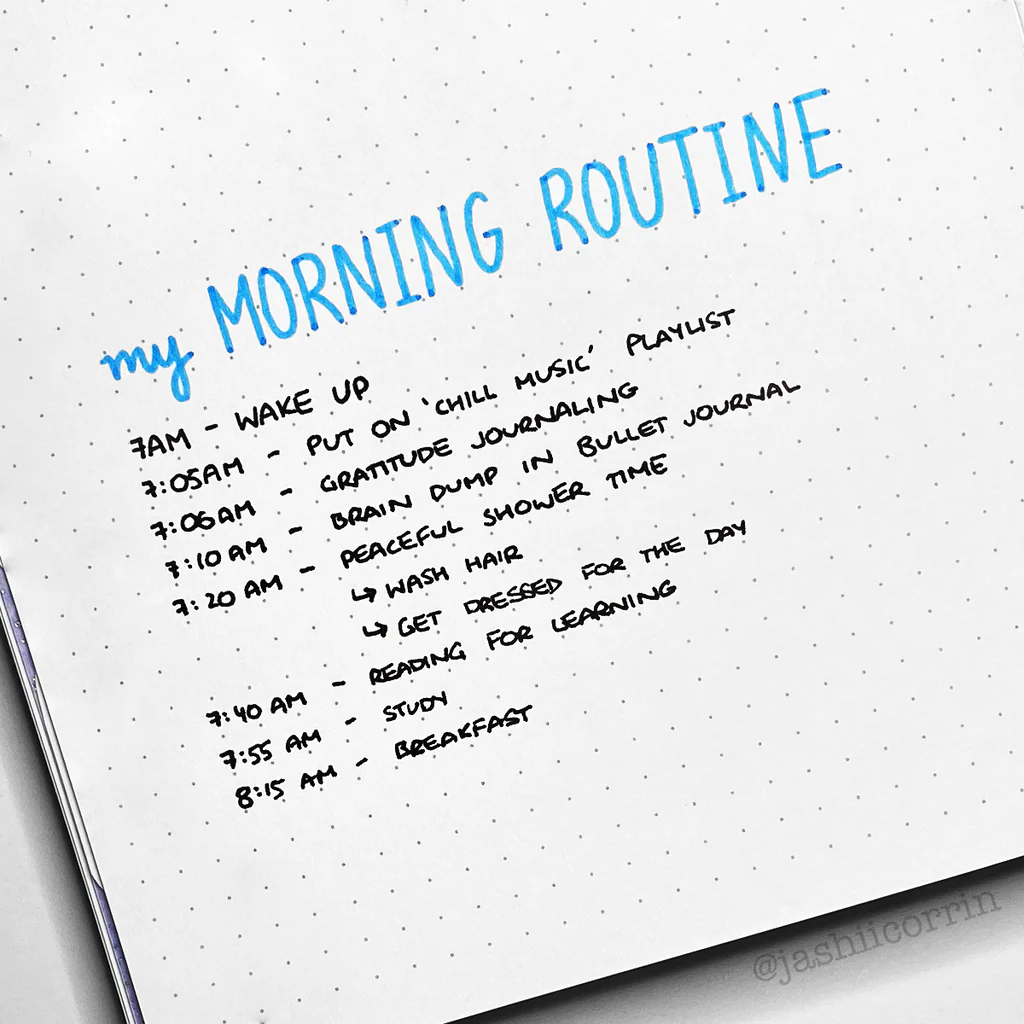1) Start the Day With Light Movement
A few minutes of gentle movement after waking helps your joints feel ready and signals your body that the day has begun. Think easy stretches, a short walk to get sunlight, or a simple mobility flow for hips and shoulders.
Try this
- 2–3 minutes of shoulder rolls and ankle circles.
- 5–10 minutes of relaxed walking or light marching in place.
- Open the blinds and let morning light hit your eyes (no direct stare) for a few minutes.
Key takeaway
Light activity early sets the tone for the entire day — you’ll feel looser and more awake.
2) Keep Hydration Simple
Hydration supports focus, comfort, and daily activity. You don’t need complex rules — just keep water visible and sip through the day.
Try this
- Fill a bottle in the morning and keep it near you.
- Add a slice of lemon or use chilled water if it helps you drink a bit more.
- Have a glass of water with each meal.
Key takeaway
Small, steady sips beat big bursts. Make water easy to reach and you’ll naturally drink enough.
3) Include Protein in Your Meals
As we age, maintaining strength and staying active gets easier when meals include a source of protein. Pair it with colorful vegetables and a source of fiber for a balanced plate.
Try this
- Add eggs, yogurt, beans, fish, poultry, or tofu to your meals.
- Build plates around simple combos: protein + vegetables + whole grains or legumes.
- Plan one easy go-to meal for busy days (e.g., yogurt bowl or bean salad).
Key takeaway
Balanced meals help you stay satisfied and support everyday activity and recovery.
4) Walk Most Days — Even for 20 Minutes
A short, comfortable walk counts. Consistency matters more than intensity. Pair it with an errand, a call with a friend, or a scenic route to make it enjoyable.
Try this
- Pick a loop you like (10 minutes out, 10 minutes back).
- Use comfortable shoes and aim for relaxed pace.
- If outdoor weather isn’t friendly, try an indoor mall or hallway loops.
Key takeaway
Short walks done often add up — for mood, clarity, and steady daily energy.
5) Keep a Consistent Sleep Window
Going to bed and waking around the same time helps your body settle into a rhythm. A calm pre-sleep routine and a comfortable room make it easier to drift off.
Try this
- Choose a 7–9 hour window and keep it consistent most days.
- Dim lights and reduce screens in the hour before bed.
- Keep the room cool, quiet, and dark.
Key takeaway
Regular sleep timing supports clear thinking, more stable energy, and easier mornings.
Your simple weekly checklist
Conversations to have at your next check-in
- “Any adjustments to my daily walk or light strength exercises to fit my needs?”
- “Ideas for simple, balanced meals I can prepare quickly?”
- “Tips to improve my sleep routine or bedroom environment?”
This article is for general information only and isn’t a substitute for professional advice. If you have questions about your personal situation, speak with a qualified healthcare professional.



